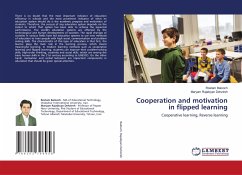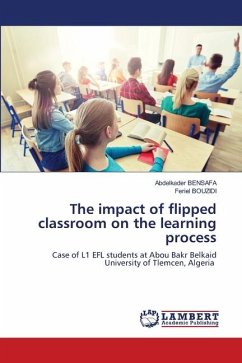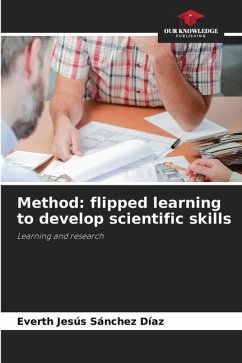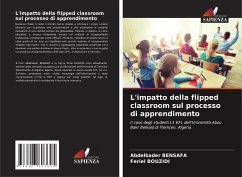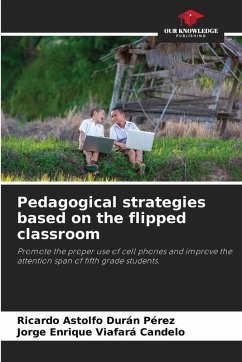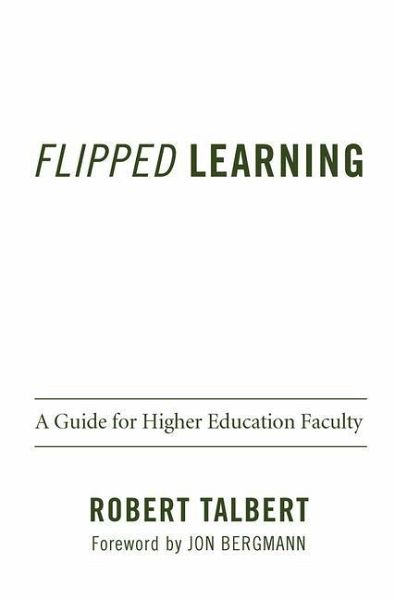
Flipped Learning
A Guide for Higher Education Faculty
Versandkostenfrei!
Versandfertig in 1-2 Wochen
171,99 €
inkl. MwSt.
Weitere Ausgaben:

PAYBACK Punkte
86 °P sammeln!
Offers faculty a practical, step-by-step, ""how-to"" to this powerful teaching method. Robert Talbert addresses readers who want to explore this approach to teaching, those who have recently embarked on it, as well as experienced practitioners, balancing an account of research on flipped learning and its theoretical bases, with course design concepts.





